 Is Feta Goat Cheese? Learn The Difference | Président®
Is Feta Goat Cheese? Learn The Difference | Président®Feta FetaCountry of originGreeceSource of milkPassage (≥70%) and goat per ; similar cheeses may contain milk of cow or buffaloPasteurizedDepents in varietyTextureDependent in variety Age chronology. 3 monthsCertification, 2002 Feta (: φьных, feta) is a white made of sheep milk or a milk. It is a soft white cheese covered with small or no holes, a compact touch, few cuts and no skin. It forms in large blocks, and in brine. Its flavor is cheesy and salty, ranging from mild to sharpened. It is crumbly and has a slightly granulated texture. The feta is used as a table cheese, in salads like , and in pastas, in particular the -basing ("spinaca pot") and ("cheese pot"). It is often served with olive oil or olives, and sprayed with aromatic herbs like . It can also be served cooked (often ) as part of a , in , and many other dishes. FetaSince 2002, the feta has been one in the . limits the feta name to cheeses produced in the traditional way in particular areas of Greece, which are made of sheep milk, or a mixture of sheep and up to 30% of goat milk in the same area. Similar, outgoing white cheeses (often called "white cheese" in several languages) are traditionally made in and around the , and more recently in other places. Outside the EU, the feta name is used generically for these cheeses. IndexGeneric[] For many consumers, the word "feta" is a generic term for a white cheese and crumbly aged in brine. The production of cheese began for the first time in the Eastern Mediterranean and around the Black Sea. Over time, production has expanded to countries including , , , , and , often partly or totally of cow's milk, and sometimes also called feta. PDO Feet in the EU[] Since 2002, within the European Union, feta has been a protected designation of origin products. According to the relevant EU legislation (applicable within the EU) only those cheeses traditionally produced in particular areas of Greece, which are made of sheep's milk, or a mixture of sheep and up to 30% of goat milk in the same area, can be called feta. Description[] The EU PDO for feta requires a maximum humidity of 56%, a minimum dry matter fat content of 43%, and a pH that usually oscillates between 4.4 and 4.6. The production of the FDO feta of the EU is traditionally classified into firm and soft varieties. The firm variety is tangier and is considered higher in quality. The soft variety is soft enough to be diffused, mainly used in cakes and sold at a cheaper price. The cut feta produces a certain amount of trimma, "crumble", which is also used for cakes (not to be sold, trimma is usually given free on request). The high quality feta should have a creamy texture when it is shown, and milk, butter and yogurt aromas. In the mouth it is cheesy, slightly salty, and softly sour, with a spicy finish that recalls and , as well as a touch of sweetness. Production[]Traditionally (and legally within the EU), the feta is produced using only whole sheep milk, or a mixture of sheep and goat milk (with a maximum of 30% goat milk). Milk may be pasteurized or not, but most producers now use pasteurized milk. If pasteurized milk is used, an initial culture of microorganisms is added to replace those who are naturally present in raw milk that are killed in pasteurization. These organisms are necessary for the development of acidity and taste. When pasteurized milk has cooled to about 35 °C (95 °F), it is added and left to coagulate. Compact curls are cut and placed in a special mold or cloth bag that allows the serum to drain. After several hours, the curdo is firm enough to cut and salt; the salinity will eventually reach about 3%, when the salted reks (depending on the producer and the area of Greece) are placed in metal vessels or barrels of wood and allowed to infuse for several days. After the dry salt of the cheese is complete, the aging or ripening in (7% salt in water solution) takes several weeks at room temperature and an additional minimum of 2 months in a cooled high humidity environment, as before, either in wooden barrels or metal vessels, depending on the producer (the more traditional aging of barrels is said to have a unique flavor). The containers are sent to supermarkets where cheese is cut and sold directly from the container; standardized weight alternative blocks are packed into plastic cups sealed with some salmoon. The feta drys relatively quickly even when cooled; if stored for more than a week, it should be kept in salted or slightly salted milk. History[]Pietro Casola, Italian traveler from the 15th century to Crete The cheese made of sheep and goat milk has been common in the Eastern Mediterranean since ancient times, but there is no direct evidence of feta-type cheese. In the Canaan Bronze Age, the cheese may have been one of the salted foods sent by sea in ceramic jars, so the white rennet-coagulate cheeses similar to the feta may have been sent in salt, but there is no direct evidence for this. describes how the cheese is made in the , but it does not say anything about the rebound; in fact, Polyphemus stored and dried in wickers, perhaps results in a bark cheese similar to modern and instead of feta.:74-76 The first unmistakable documentation of the preservation of brine cheese comes in 's 2nd century BCE , although the practice was probably much older. It is also described in the 10th century.:50 Feta cheese, specifically, is recorded in the 11th century under the name prosphates (Greek πρόφατος 'recent, fresh'), and was produced by . At the end of the 15th century, a visitor to , Pietro Casola, describes the commercialization of feta, as well as its storage in the brine. The Greek word feta (δρoτα) comes from the Italian feta 'slice', which in turn derives from the Latin of the "morsel, piece". The word feta spread as a name for cheese only in the nineteenth century, probably referring to the cheese that is cut to pack it in barrels. Certification[]Beginning Greece's search for a PDO for its feta, there was a long-standing generic use of the term in the EU. After a long legal battle with Denmark, the term "feta" became a (PDO) within the EU in October 2002—which limits the "feta" within the ringed cheese made exclusively of sheep's or sheep's and goat's milk in the following regions of Greece: Peloponés, Central Greece, Epirus, Thessaly, Macedonia, Thrace, and the Lesbos and Cephalonia Islands. According to the European Commission, the biodiversity of the land along with the special breeds of sheep and goats used for milk is what gives cheese a specific aroma and flavor. When it is needed to describe a feta of imitation, names such as the "salda" and the "greek-style cheese" are used. The European Commission gave other nations five years to find a new name for their feta cheese or stop production. Due to the decision of the European Union, the Danish dairy company changed the name of its white cheese products to Apetina, which is also the name of an Arla food brand established in 1991. Feta producers outside the European Union and EU exporters to foreign markets are not subject to European Commission rules. As such, the non-Greek EU cheese sold abroad is often labeled as a feta. In 2013, an agreement was reached with Canada in which Canadian fetus manufacturers retained their rights to continue producing feta, while new market participants would label the product "feta/ese type". In other markets such as the United States, Australia, New Zealand and other places, the full generic use of the term "date" continues. Nutrition[]Feta (typical) Nutritional value per 100 g (3.5 oz)1,103 kJ (264 kcal)4 g 21 g 14 g Quantity %DV†422 UI70% 0.84 mg19% 0.97 mg32% 0.42 mg71% 1.7 μg Quantity %DV†49% 493 mg74% 1116 mg31% 2.9 mg †Percentages are approximate to adults. Source: Quantity%DVQuantity%DVAs many dairy products, feta has significant amounts and ; however, feta is higher in water and therefore lower in fat and calories than as or . Cheese can contain beneficial. Feta, as a dairy product of sheep, contains up to 1.9%, which is about 0.8% of its fat content. Feta cheese is very high in salt, more than 400 mg per 100 calories. Similar cheeses[] Similar cheeses can be found in other countries such as: See also[]References[]Citations[]ababcabcdabcabababc91abSources[]24External links[] Wikimedia Commons has media related to . ##### ########################################################################################### ########################################################################################################################## Ingredients Panes Salads " Dips " Coldcuts " Carne Pasta (Zimariká) Fish Soups (, ) Omelettes Vegeta Posters Drinks Variants See also Noble products PDO Other Related See also Navigation menu Personal tools Named spaces Variants Views More Search Navigation Contributed Tools Printing/exporting Other projects Languages
NutritionIs the Feta goat cheese? Feta, a tasty creamy cheese cured in brine, is a grap in Greek cuisine and the Mediterranean diet. Many people enjoy it in salads, sandwiches, or even serve just as table cheese or as part of a cheese tray. However, you may wonder what type of milk feta is usually done. This article closely analyzes the feta cheese, detailing the types of milk it contains and explaining how it is compared to goat cheese. Traditionally, the feta is made of 100% sheep milk, but some feta can also contain up to 30% (). The feta made and sold in the European Union (EU) is listed under the Indication of Protected Designation of Origin (PDO) which ensures that any product listed as "feta" contains at least 70% sheep milk and no more than 30% goat milk (, ).However, this protection does not apply to feta cheese produced and sold outside the EU. Therefore, the feta produced in the United States and other countries could be made of cow milk or a combination of milk. Feta cheese is made by adding bacteria to milk to crack milk and start fermentation. Then, the rennet enzymes are added to the milk to separate the cured from solid milk from the serum, a liquid protein that is a byproduct of cheese production. Once the curls are completely separated from the serum, the rekes are cut into small blocks and placed in molds in a similar way. After 24 hours, feta blocks are removed from the moulds, salted, and placed in wooden or metal containers for aging. A few days later, feta blocks are transferred once again to new containers containing a liquid brine. The feta stays in liquid salmoon at age for at least another 2 months or sometimes more. AbstractFeta is performed by separating and healing the cured milk using bacteria and enzymes. The traditional feta is made of 100% sheep milk or a combination of sheep milk and up to 30% goat milk, but the feta produced outside the EU can also contain cow milk. The feta is done by separating and healing the cured milk using bacteria and enzymes. The traditional feta is made of 100% sheep milk or a combination of sheep milk and up to 30% goat milk, but the feta produced outside the EU can also contain cow milk. The main difference between feta and goat cheese is the type of milk that each contains. While the feta is mainly made of sheep milk, goat cheese is mainly made of goat milk. However, both feta and goat cheese are typically white cheeses with a creamy shell. The feta has a more nut smell and a flavor that is cheesy and salty, probably due to the process of cured sage that suffers. Goat cheese has a stronger earthly aroma with a flavor that is pie and daring. it forms in blocks during production and sometimes has little holes in everything, creating a slightly granulated texture. Cheese has no type of bark or skin around it. On the other hand, goat cheese is often formed in a trunk, a wheel or cut into a triangular block. Cheese may or may not have an edible cortex. How hard or soft is feta can vary. The hard feta should crumble easily while a smooth feta will be more widespread. it also varies in the hard or soft, and rigid or mutilated that it is. These similarities between feta and goat cheese sometimes make them confused. Nutrition Comparison In general, cheese is a good source of nutrients such as protein and calcium. Some cheeses are also rich in fatty acids, including — a group of fats that research suggests may have benefits, including heart disease prevention and a reduction in body fat (, ). Both feta and goat cheese may contain CLA. However, the production processes used and the duration of the time for which cheeses are matured and aged can affect the amount of CLA in the final product (, ).In addition, many of the nutritional facts of cheese are influenced by small changes in production such as milk type and salt methods. However, feta and goat cheese can make each for a healthy and nutritious snack. The following table is a brief description of the differences in feta nutrition and goat cheese for a small wedge of 1.3 ounces (38 grams) of cheese (, ). Protein5 grams9 grams Carbs2 gramsless than 1 gramFat8 grams11 grams Saturated fat28% of the daily value (DV)38% of the DVSodium15% of the DVCalcium14% of the DV13% of the DVSummaryFeta and goat cheese have some similarities but also made different, since the feta is made of milk and milk. Both cheeses are good sources of protein, calcium and healthy fats. The feta and goat cheese has some similarities but also differ, since the feta is made of sheep's milk and goat cheese is made of goat's milk. Both cheeses are good sources of protein, calcium and healthy fats. The best way to determine the type of feta you're buying is to look closely at the ingredients and ingredients used to make cheese. Many fetus cheeses will also clearly indicate what type of milk was used to make the product on the front label. For others, you may need to look more closely at the list of ingredients at the back of the package. If a feta cheese states it was made in Greece, you can be sure it was made with sheep milk mostly. Otherwise, the feta could be made with cow or goat milk. If you are buying fresh cheese from a cheese store, it is better to check with an employee if you are not sure about the type of cheese you are buying. AbstractThe reading of the packaging label and the list of ingredients, or checking with an employee, is the best way to determine what type of milk was used to make feta cheese. The best way to determine what type of milk was used to make feta cheese is to read the packaging label and the list of ingredients, or check with an employee. Feta is a creamy and delicious white that can be a healthy snack or addition to meals. Cheese is cured in a saline and is rich in a few beneficial nutrients. Although some feta may contain a small amount of goat milk, a feta made with sheep milk will deliver the most authentic feta experience. Last medical review on June 11, 2020Read this following
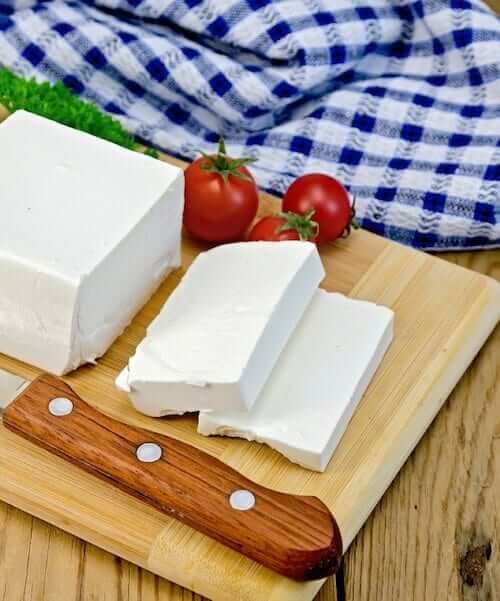
What is the difference between feta cheese and goat cheese? - Panlasang Pinoy
Artisan Style Goat Feta Cheese Made with Fresh Canadian Goat Milk | Woolwich Dairy
Feta Cheese vs Goat Cheese - Difference and Comparison | Diffen
Goat Milk Feta Recipe
Goat Cheese - GREEK SALAD CHEESE - Prodotti Olympus Dairy
Everything you wanted to know about Feta
What Is The Difference Between Feta Cheese And Goat Cheese?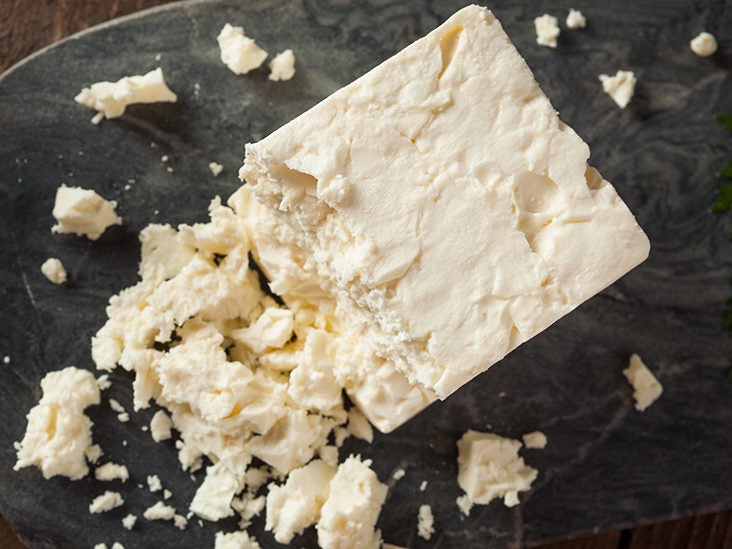
Feta Cheese: Good or Bad?
Is Feta Goat Cheese?
PRÉSIDENT® GOAT FETA | Président®
Feta Cheese vs Goat Cheese - Difference and Comparison | Diffen
Feta - Wikipedia
Reduced Fat Sheep and Goat Cheese - FETA CHEESE P.D.O. - Prodotti Olympus Dairy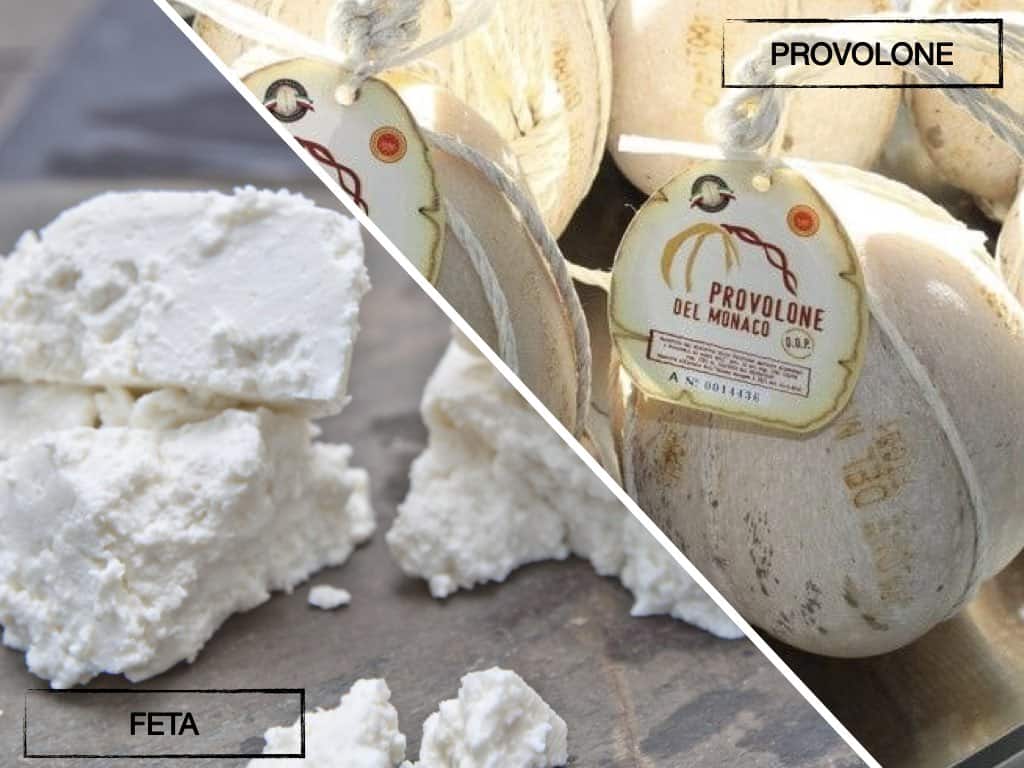
The Dark Side of Provolone vs. Feta – Dark Cheese:max_bytes(150000):strip_icc()/homemade-goat-cheese-with-lemon-juice-591553_15-5c40f7cbc9e77c0001f70d1d.jpg)
Homemade Goat Cheese With Lemon Juice Recipe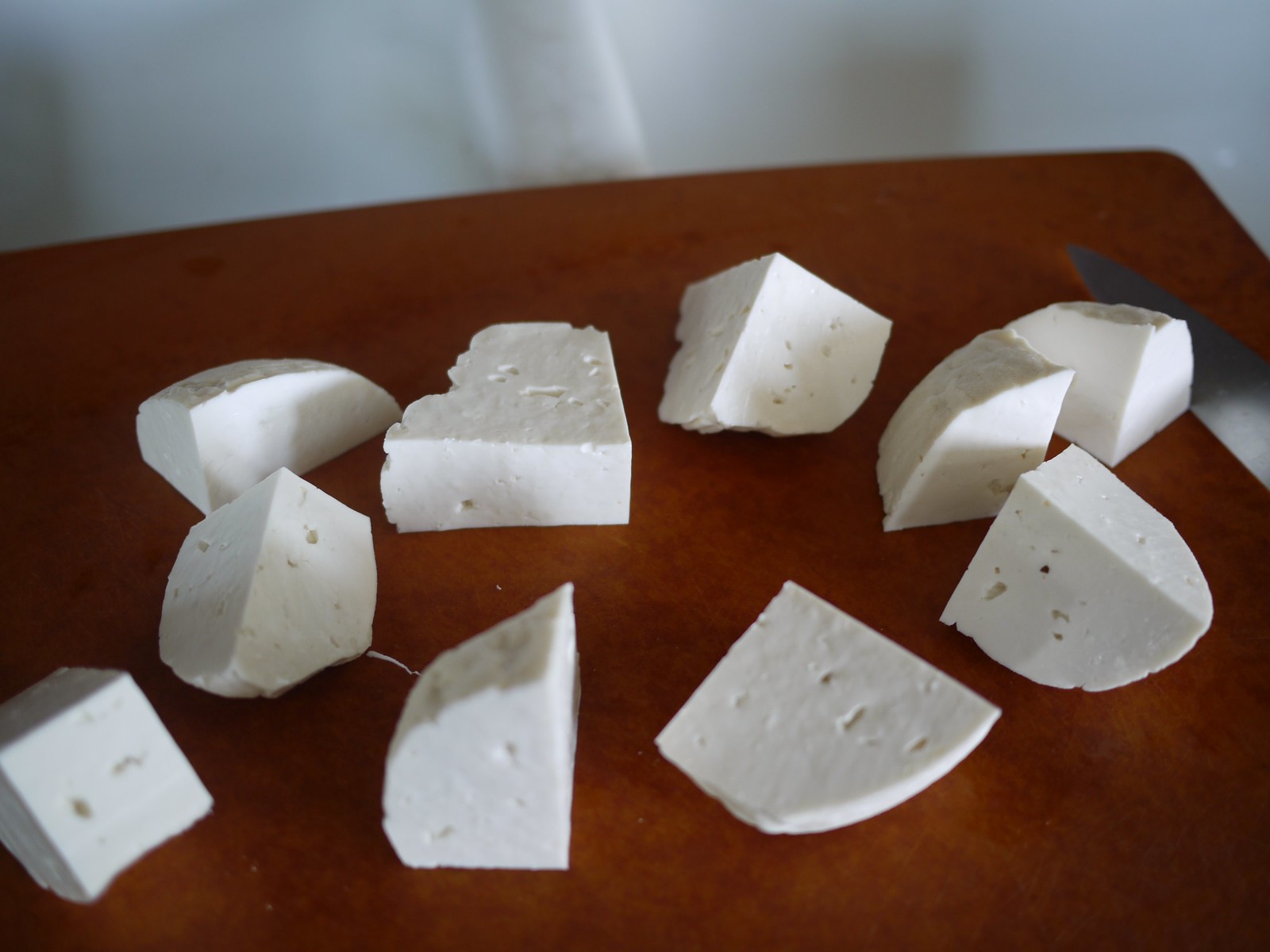
Goat Milk Feta - Cheese.com
Difference Between Feta Cheese and Goat Cheese | LoveToKnow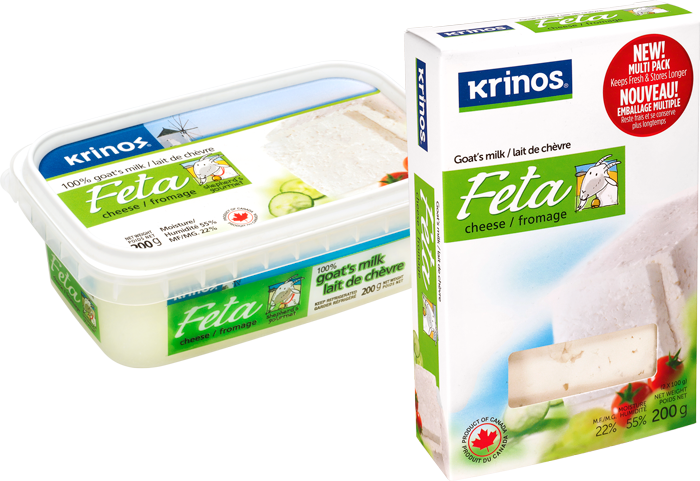
Goat's Milk Feta - Krinos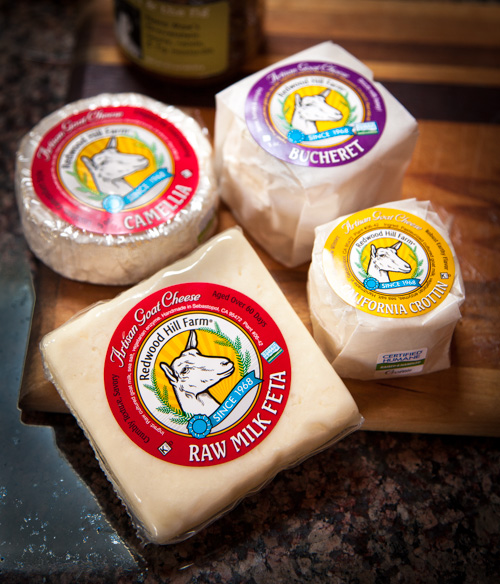
Mediterranean Appetizer Tray with Baked Goat Feta Cheese | A Foodcentric Life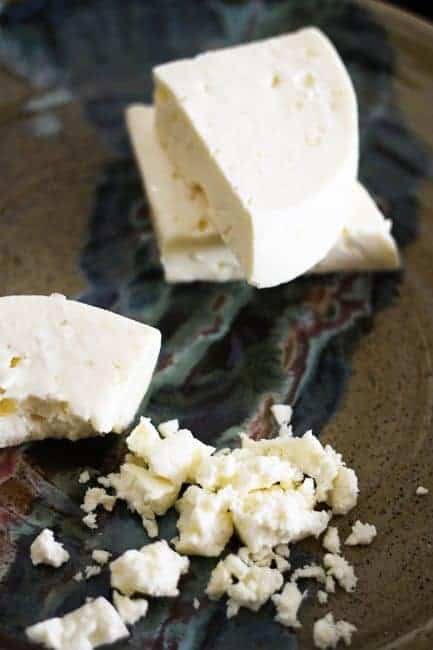
Homemade Feta Cheese | Make Ahead Mondays
Plain Crumbled Feta Goat Cheese — GMS Sweet Shop
Feta Cheese Vs. Goat Cheese | Dark chocolate nutrition, Feta cheese, Cheese
Feta, goat's milk - Cheese, 1 kg | Skotidakis
Feta Goat Cheese from Caprini Creamery (6 oz)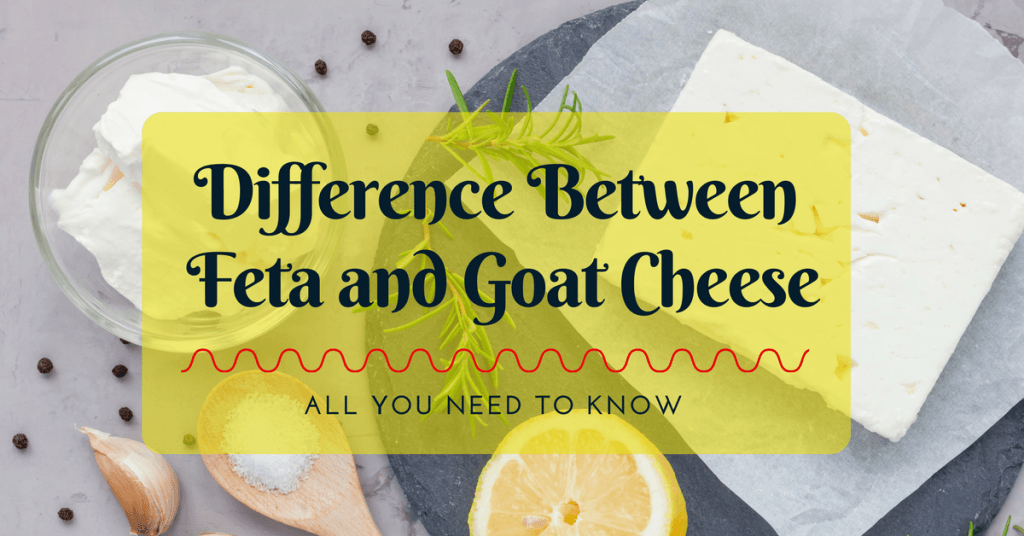
Difference Between Feta and Goat Cheese: All You Need To Know
Goat Cheese for Babies - First Foods for Baby - Solid Starts
Panir ~ Persian Cheese - My Persian Kitchen
Making Feta using Goats Milk - Including Taste Test - YouTube
Goat Cheese Feta | Product Marketplace
Choosing the Best Feta Cheese - Article - FineCooking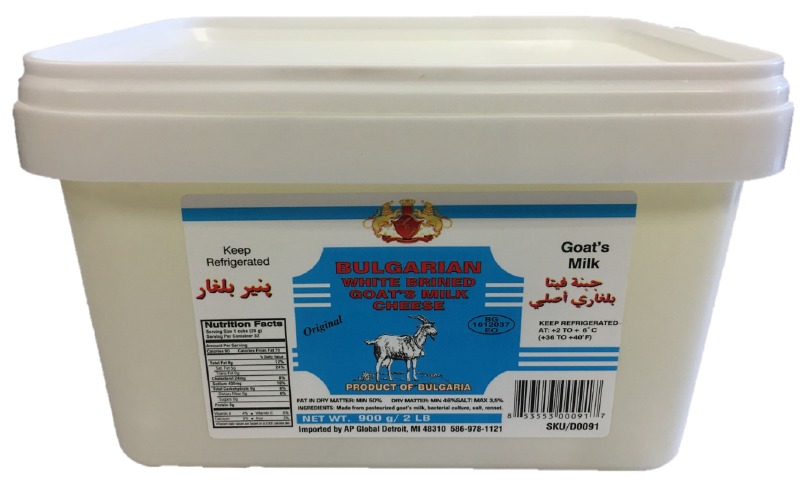
AP Global Bulgarian Goat Feta Cheese 900g R - PVEuroMarket.com
Feta Cheese vs. Goat Cheese: Quite the Cheesy Argument - Shislers Cheese House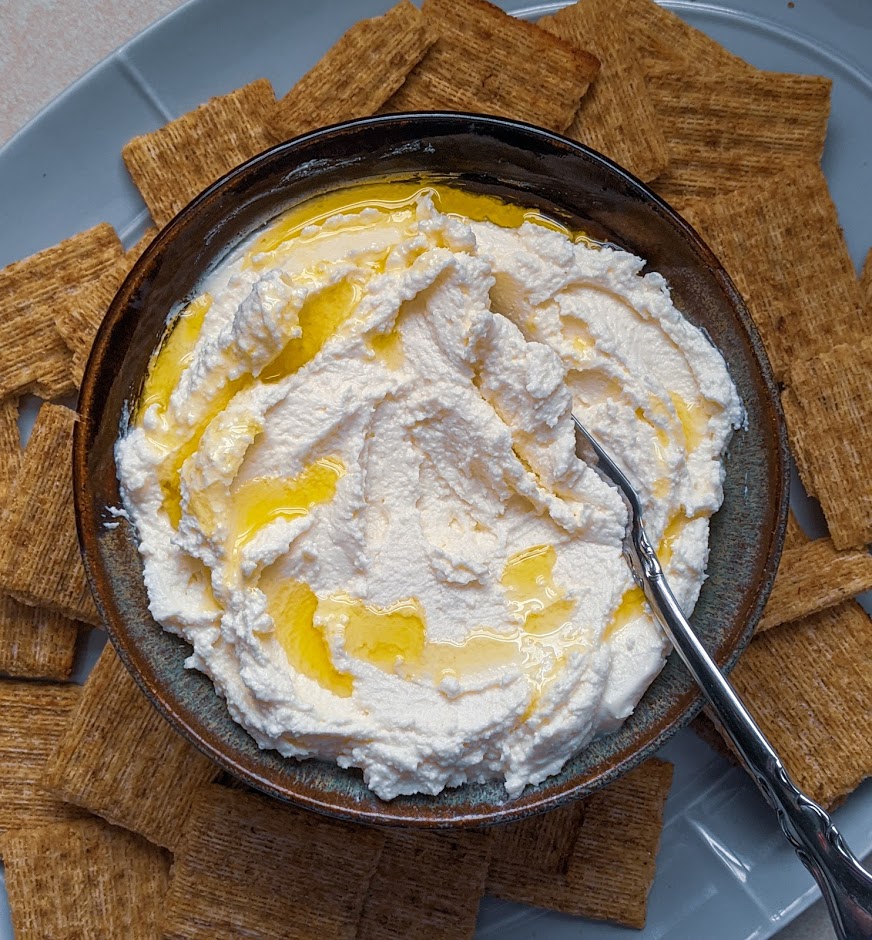
Whipped Feta and Goat Cheese - Courtney Made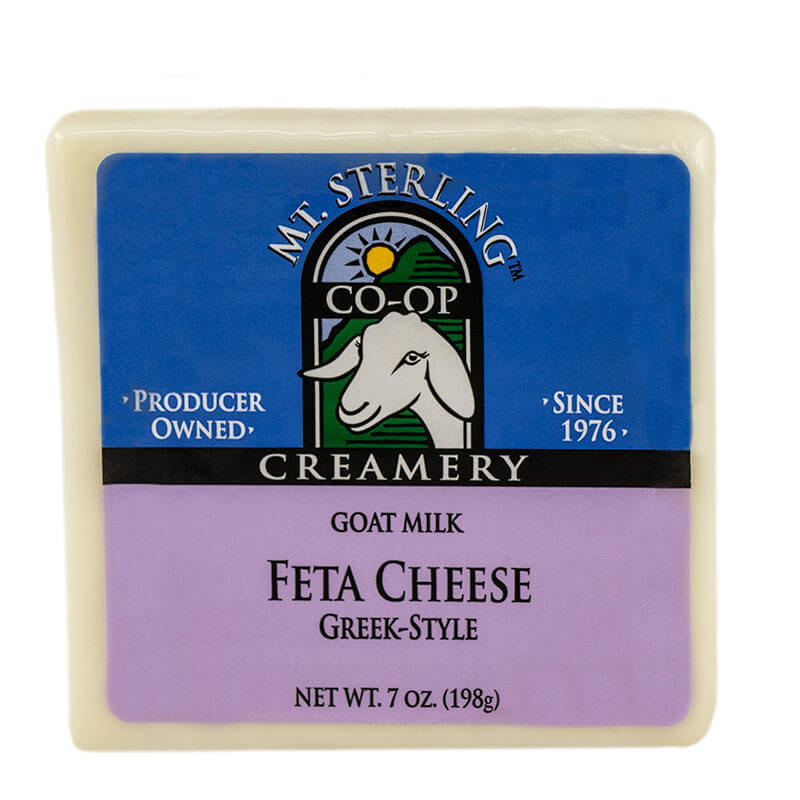
Mt. Sterling Goat Feta Cheese | Vern's Cheese | Wisconsin
Feta Cheese vs Goat Cheese - Difference
Choosing the Best Feta Cheese - Article - FineCooking
Greek Goat Feta Cheese (EPIROS) 400 g – Parthenon Foods)
Feta Cheese | Shepherd Gourmet Dairy
Is there a substitute for goat cheese? : Ask Dr. Gourmet
 Is Feta Goat Cheese? Learn The Difference | Président®
Is Feta Goat Cheese? Learn The Difference | Président®













:max_bytes(150000):strip_icc()/homemade-goat-cheese-with-lemon-juice-591553_15-5c40f7cbc9e77c0001f70d1d.jpg)



















)
Posting Komentar untuk "is feta goat cheese"